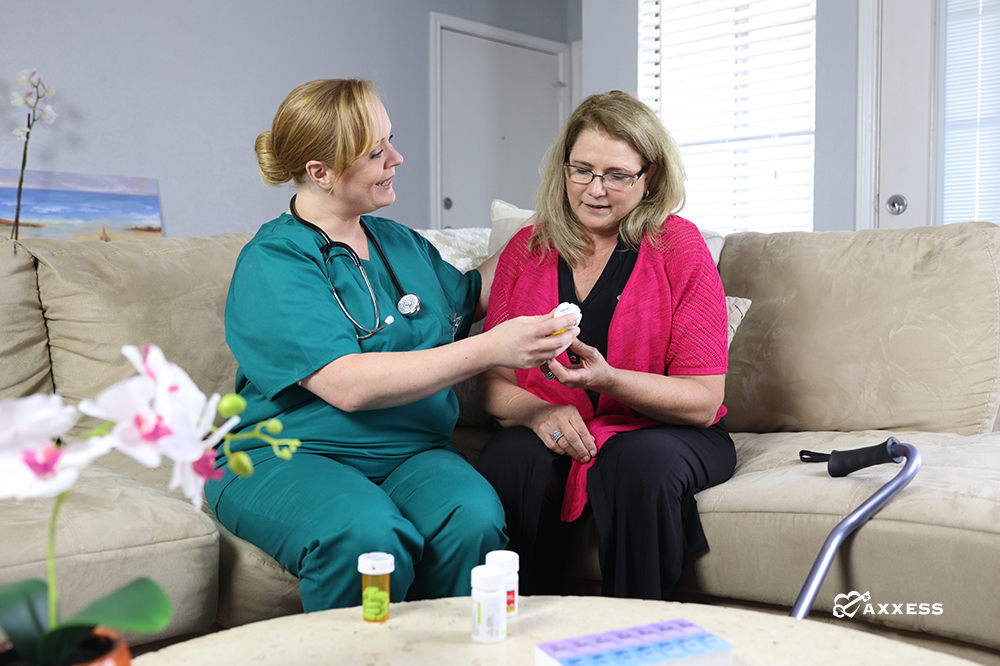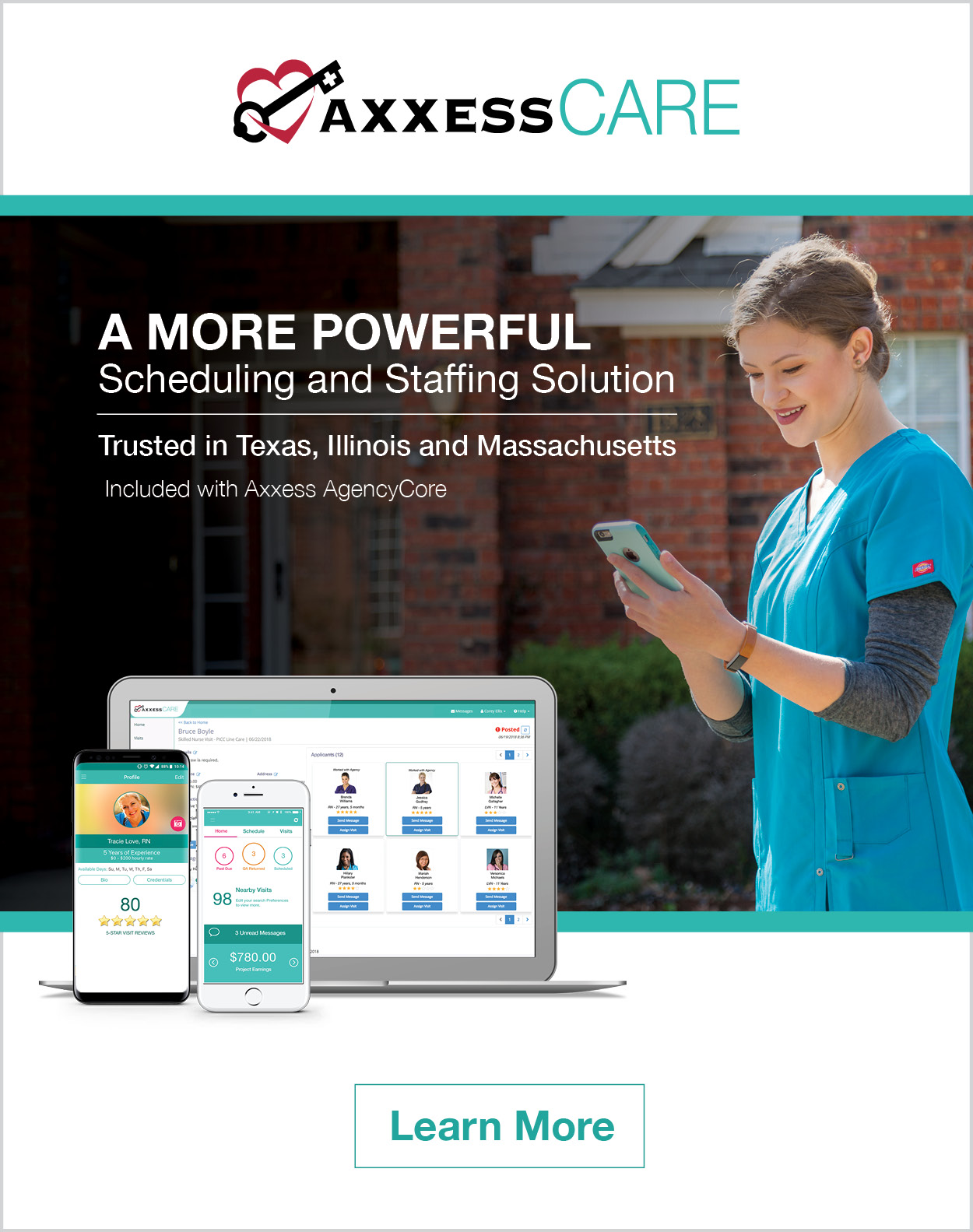In the last blog, we reviewed several standards in the updated Medicare Conditions of Participation (CoPs) for home health agencies aimed at quality healthcare and achieving better outcomes. Building on the theme of quality, we see additional standards regarding Quality Assessment and Performance Improvement (QAPI) in the new CoPs.
In the current CoP regulation, QAPI is handled in a retrospective manner, with the monitoring coming from outside organizations such as CMS or accrediting bodies such as CHAP, the Joint Commission, or ACHC. With the updated CoPs, we see a shift to self-monitoring of quality by the home health agency, with the Governing Body taking an active role in the QAPI program.
At §484.65 we see that the agency is responsible for developing, implementing, evaluating, and maintaining an effective, ongoing, agency-wide, “data driven” QAPI program. This means that the agency must take the initiative to proactively monitor agency data to identify opportunities for improvements, using data such as those retrieved from OASIS CASPER reports, Home Health Compare, Star-Ratings, and even data mining and analytics programs provided by their software vendors. This data supplements existing monitoring data reports: infection reports, incident reports, and medication error reports, for example. The agency must use the data to monitor the effectiveness and safety of services and quality of care delivery, and identify areas of improvement.
New regulation also mandates that the QAPI program must be capable of showing measurable improvement in indicators for which there is evidence that improves health outcomes, patient safety, and quality of care. The agency must track, analyze, and monitor quality indicators, including adverse patient events and other aspects of performance and operations. The agency’s Governing Body must approve the frequency and detail of the data collection, and oversee the QAPI program.
At §484.65(c), the agency’s QAPI program activities requirements are outlined. Agencies must focus on high risk, high volume, or problem-prone areas while considering the incidence, prevalence, and severity of problems in those areas. High-risk areas are defined as areas in which the agency has significant risk for issues. For example, if the agency seldom accepts IV therapy cases, this may be an area of risk due to lack of experienced staff or lack of appropriate policies based on current Infusion Nurses Society best practices. High volume areas may include wound care cases, if that is a large majority of their patient composition. Problem-prone areas can include many types of issues, such as higher than state and national rehospitalization rates or high incidences of Catheter Associated Urinary Tract Infections (CAUTI’s). CMS expects that agencies are tracking, analyzing, and monitoring these types of potential issues, and if any problem that directly or potentially threatens the health and safety of the patient is identified, it is corrected immediately.
Implementation of the standard “Performance Improvement Projects”, found at §484.65(d), was delayed until July 13, 2018. This standard mandates that “the number and scope of distinct improvement projects conducted annually must reflect the scope, complexity, and past performance of the [agency’s] services and operations.” The agency must document which quality improvement projects they have undertaken, and why. The surveyor will be assessing these projects for measurable progress being achieved on the selected topics.
Lastly, as mentioned above, the Governing Body is now directly responsible for ensuring that the ongoing QAPI program is defined, implemented, and maintained. §484.65(e) states the Governing Body must also ensure that the QAPI program addresses priorities for improved quality of care and patient safety, and that all improvement actions are evaluated for effectiveness. Clear expectations for patient safety are to be established, implemented, and maintained. Lastly, the Governing Body must ensure that any findings of fraud or waste are addressed appropriately.
Since most home health agencies have a basic infrastructure for QAPI in place, the additional requirements for QAPI programs should cause minimal disruption or concern. The biggest change in regulation is regarding the agency’s ability to show that the Governing Body’s involvement is well documented and apparent, and that they are using adequate data on which to make decisions regarding patient safety, care delivery, and outcomes.
Axxess provides a number of solutions to improve documentation of care, communication and coordination of care, and strong reporting for QAPI. An example is our AxxessCAHPS solution which provides both a patient engagement portal for viewing home health CAHPS results, but is also a fantastic resource for OASIS-based trends and embedded best practices. Contact us today to schedule your demonstration of this and our complete suite of products.


